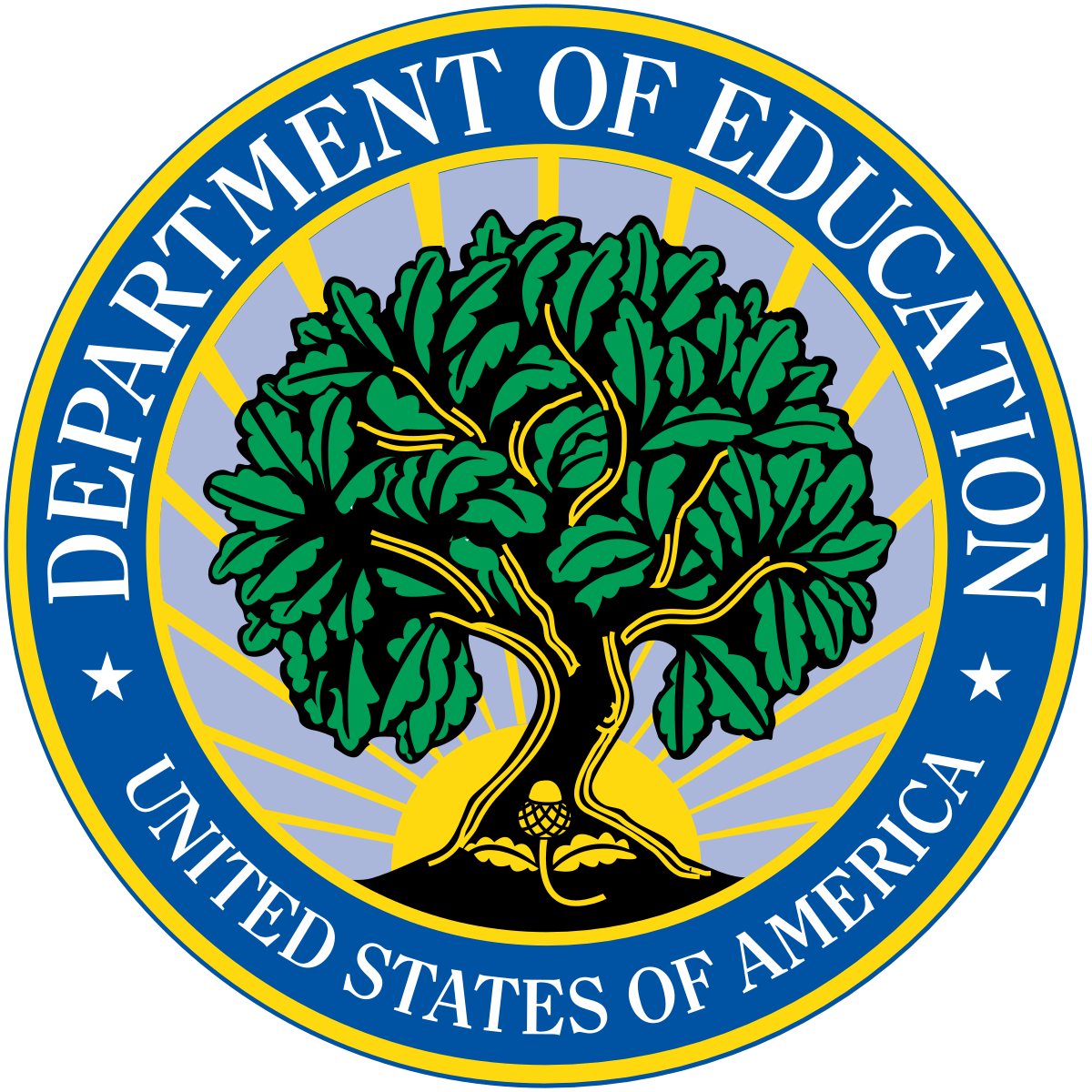Tom Mortenson
The Meltdown of Higher Education: A Detailed Analysis
July 23, 2024
Education has long been recognized as a crucial investment in our nation’s future. Since World War II, the United States’ economic growth has been propelled by the increased productivity and numbers of college-educated workers. However, this trend has reversed since 2011, leading to significant and concerning consequences for higher education and our broader economy.
Read More Key Findings
Education has long been recognized as a crucial investment in our nation’s future.
The sharp reduction in the higher education investment effort since 2011 poses significant risks to the future of the United States’ workforce and economy. Addressing these funding gaps is critical to ensuring that all students, particularly those from low-income backgrounds, have access to higher education and the opportunities it provides.
- Reduction in Investment: From 2011 onwards, the United States has steadily reduced its annual investment in higher education. By 2022, the national investment effort was just three-quarters of what it had been in 2010, amounting to a $135.8 billion reduction.
- Consequences for Higher Education Institutions: Program and campus closings, mergers, budget shortfalls, credit downgrades, pay cuts, deferred maintenance, faculty layoffs, and buyouts. These issues are directly linked to the reduced financial support from the government.
- Impact on Undergraduate Enrollment: Undergraduate enrollment peaked at 18.1 million in 2010 but declined to 15.4 million by 2021. The decline is primarily among students from low-income backgrounds, with the number of Pell Grant recipients dropping by 3 million (-33.0%). In contrast, enrollment among affluent students increased by 0.8 million (+8.8%).
- Economic Implications: The reduction in higher education investment will likely diminish the country’s economic future. Early signs include a decline in the share of the workforce with bachelor’s degrees and a drop in earned income from these workers since 2020.
Tom Mortenson
Senior Research Fellow
Tom Mortenson has been a dedicated student of higher education opportunities since 1970. His policy research primarily focuses on higher education and training access, examining how federal, state, and institutional policies influence the facilitation or hindrance of such access. With a strong commitment to advancing underrepresented populations within higher education, Tom’s particular focus is on…
Full Bio Bridging Research and Policy for Lasting Impact
Resources & Projects

Valuable resources for enhancing educational opportunities
PRESENTATIONS
Understand the benefits and uses of evaluation and assessment
EVALUATION TOOLKIT
Advancing equity in postsecondary education
DISSERTATIONS
Direct support services for students and relevant training for directors and staff
U.S. DEPARTMENT OF EDUCATION
Understand compensation and quality of life
COMPENSATION SURVEY

